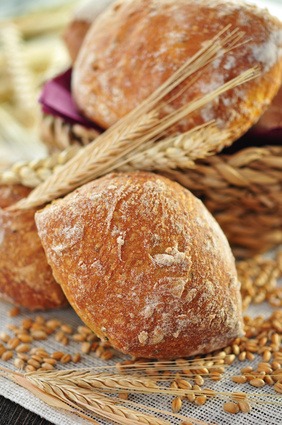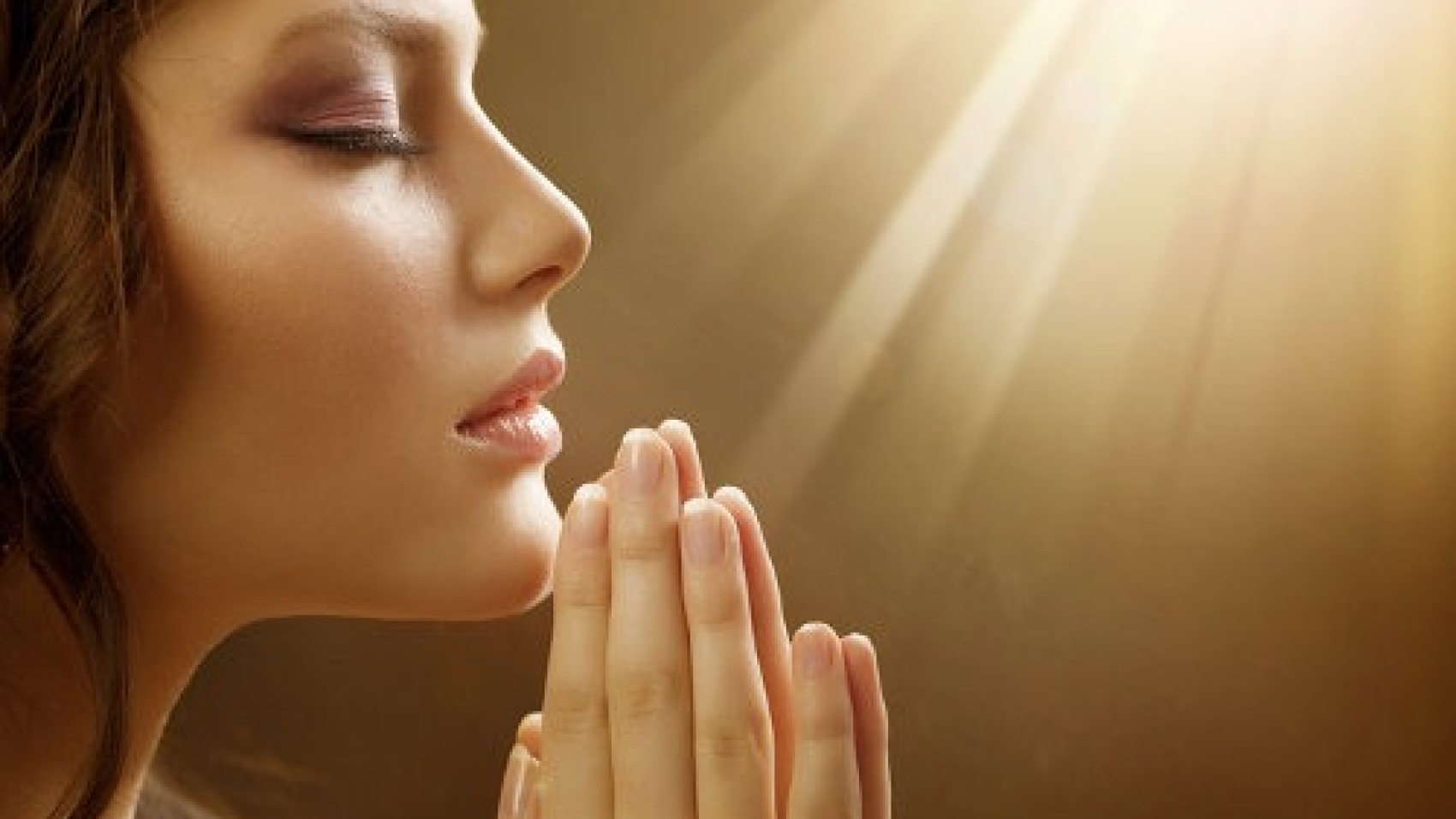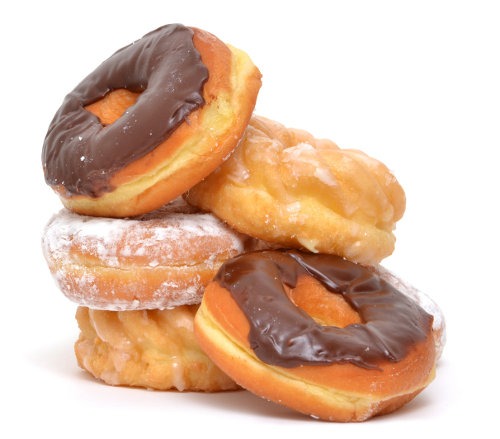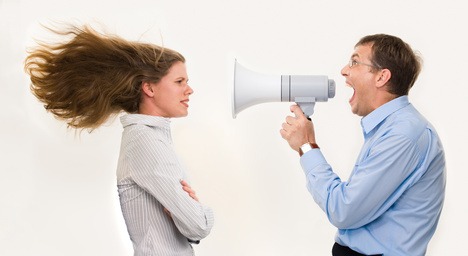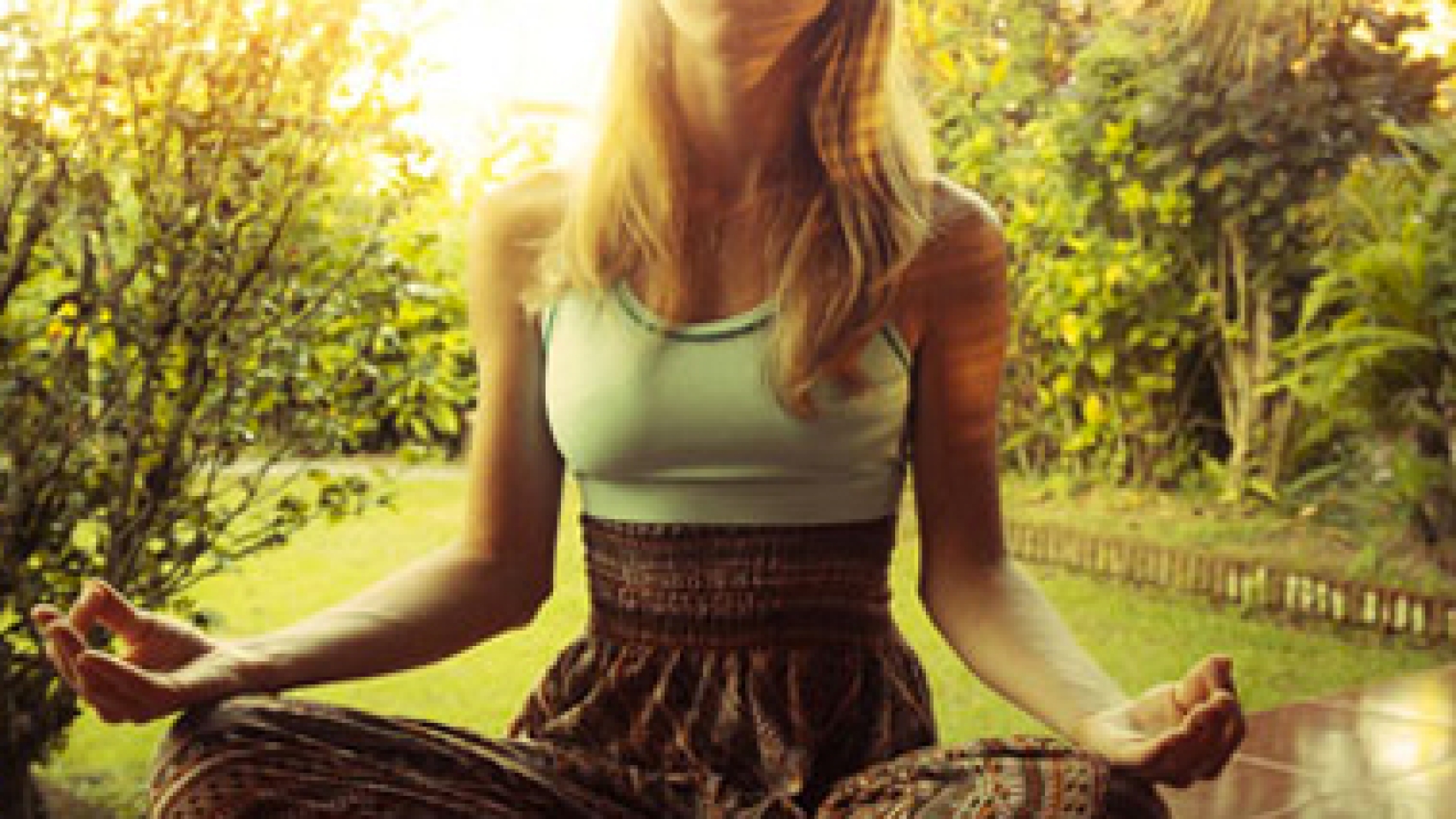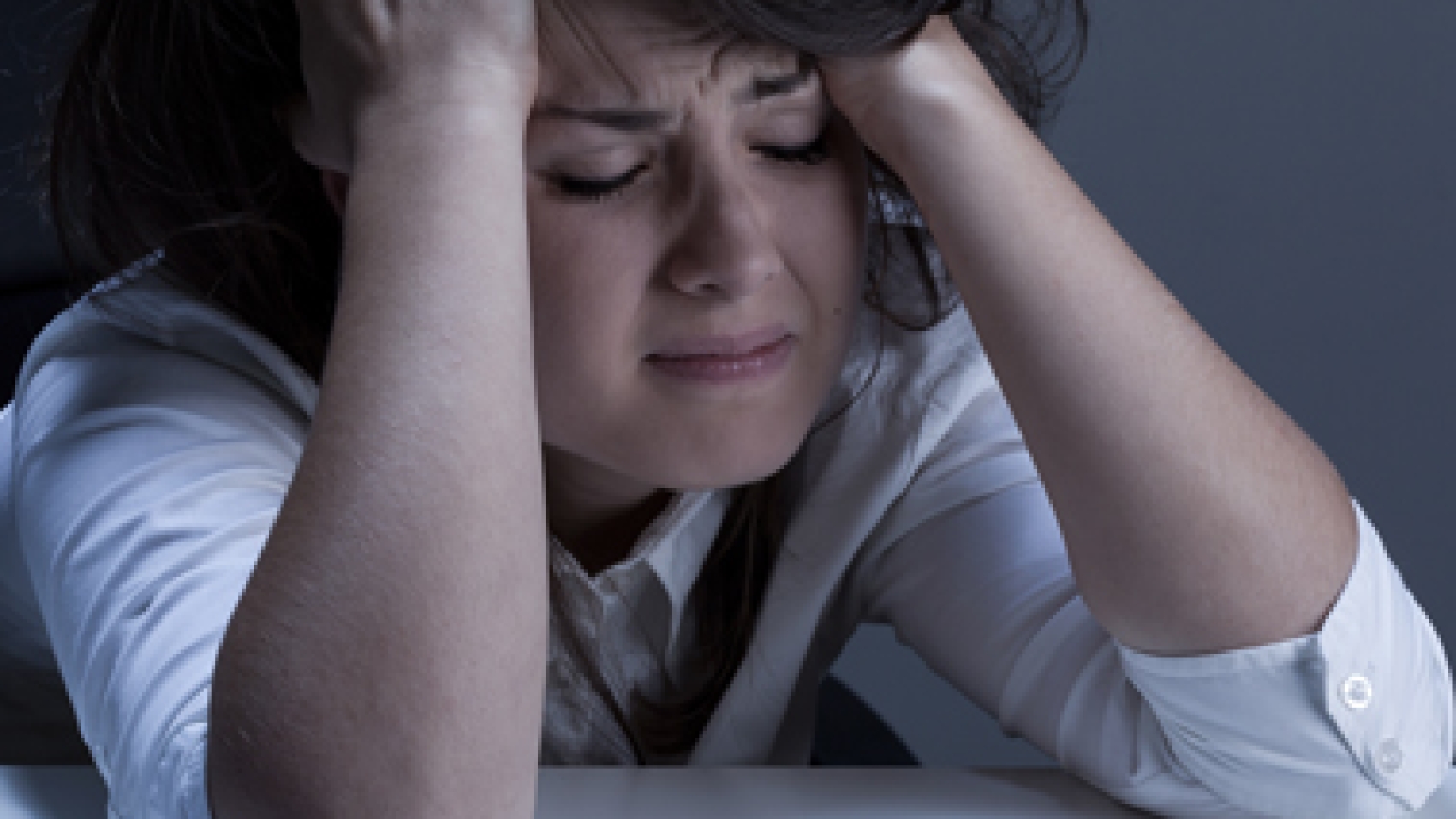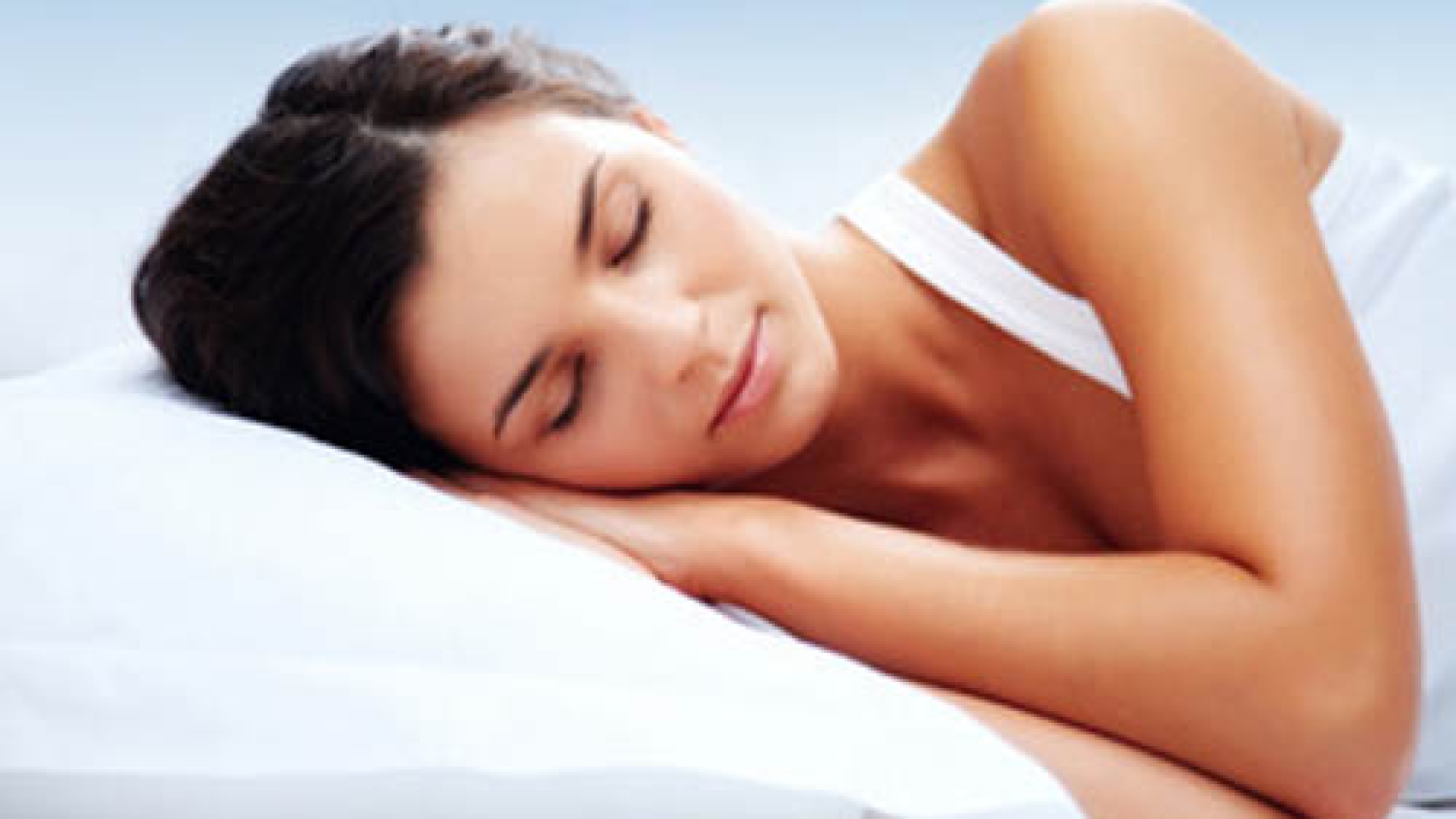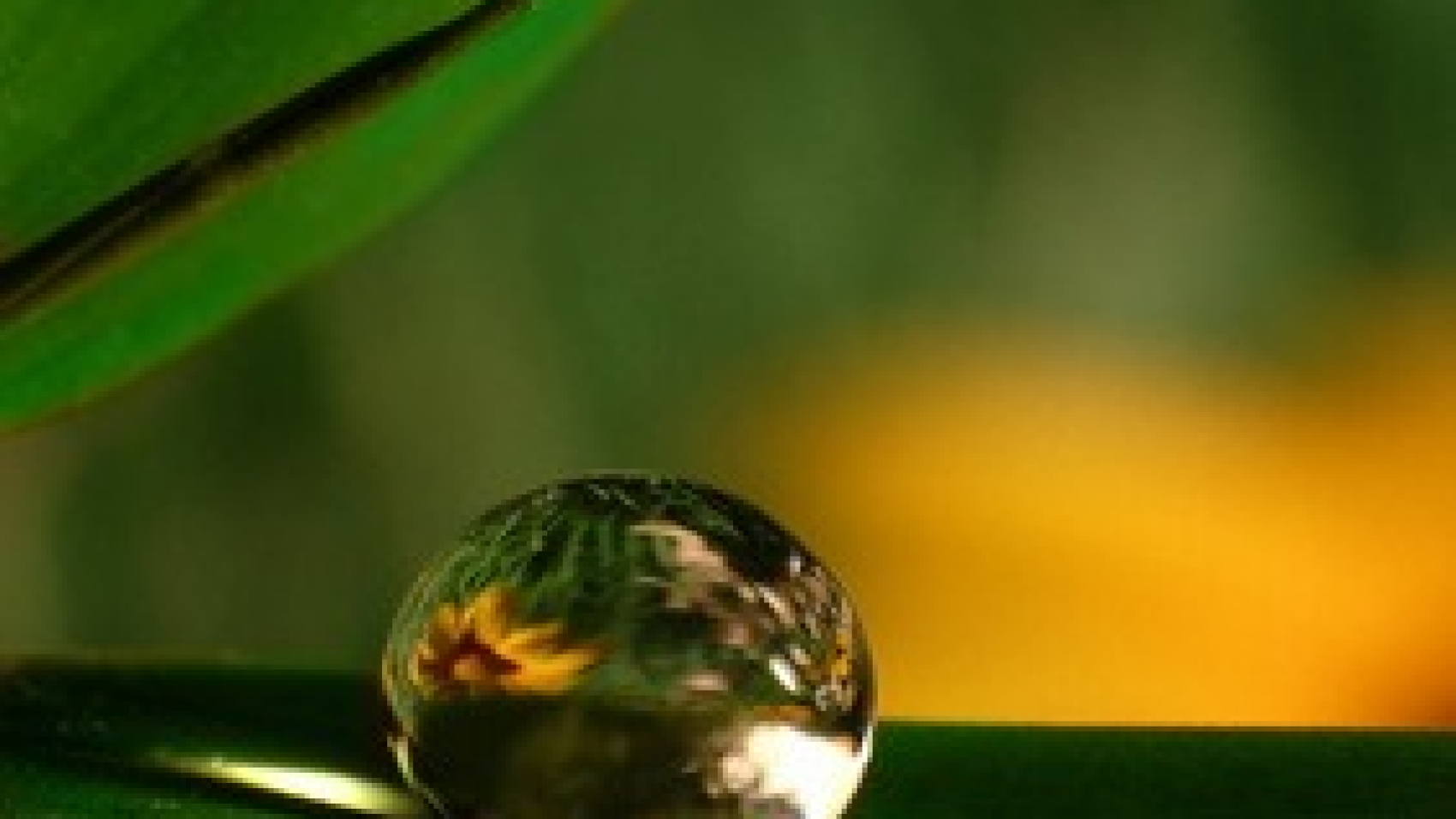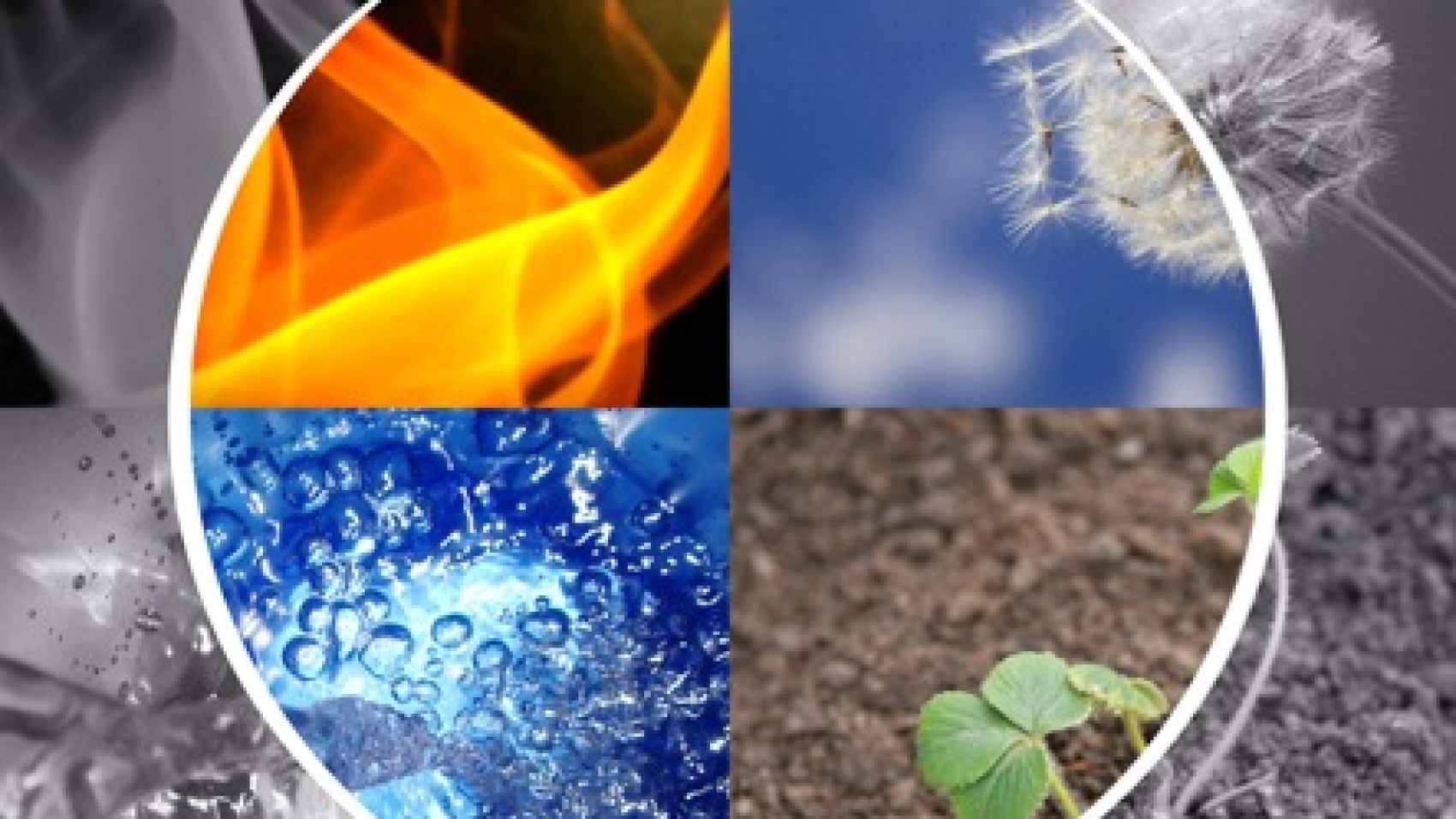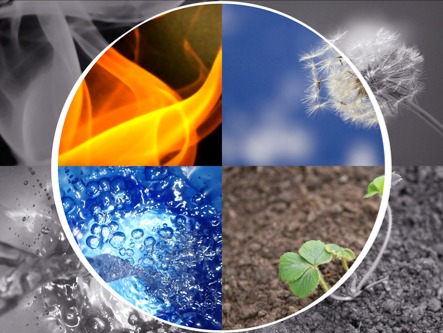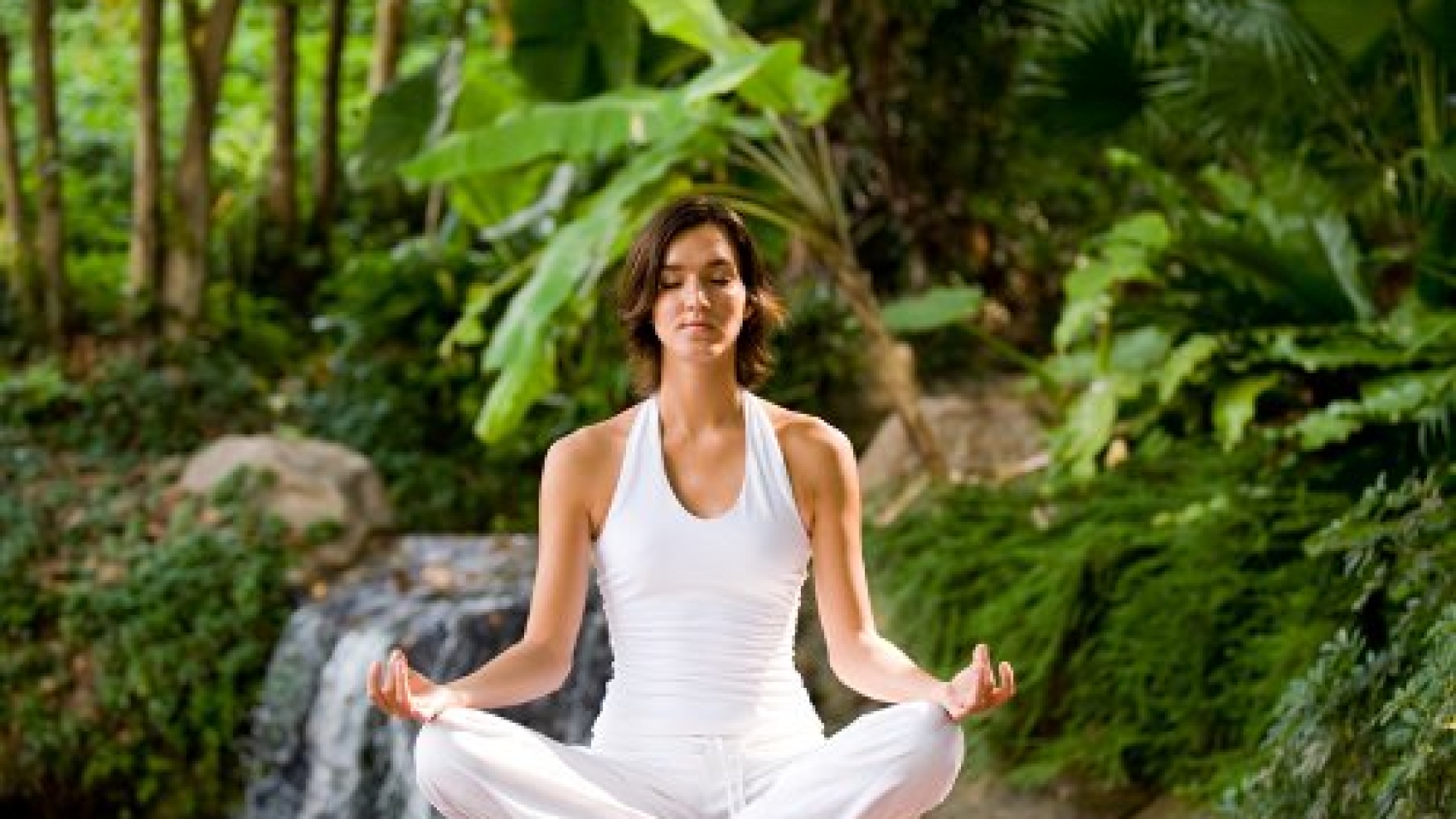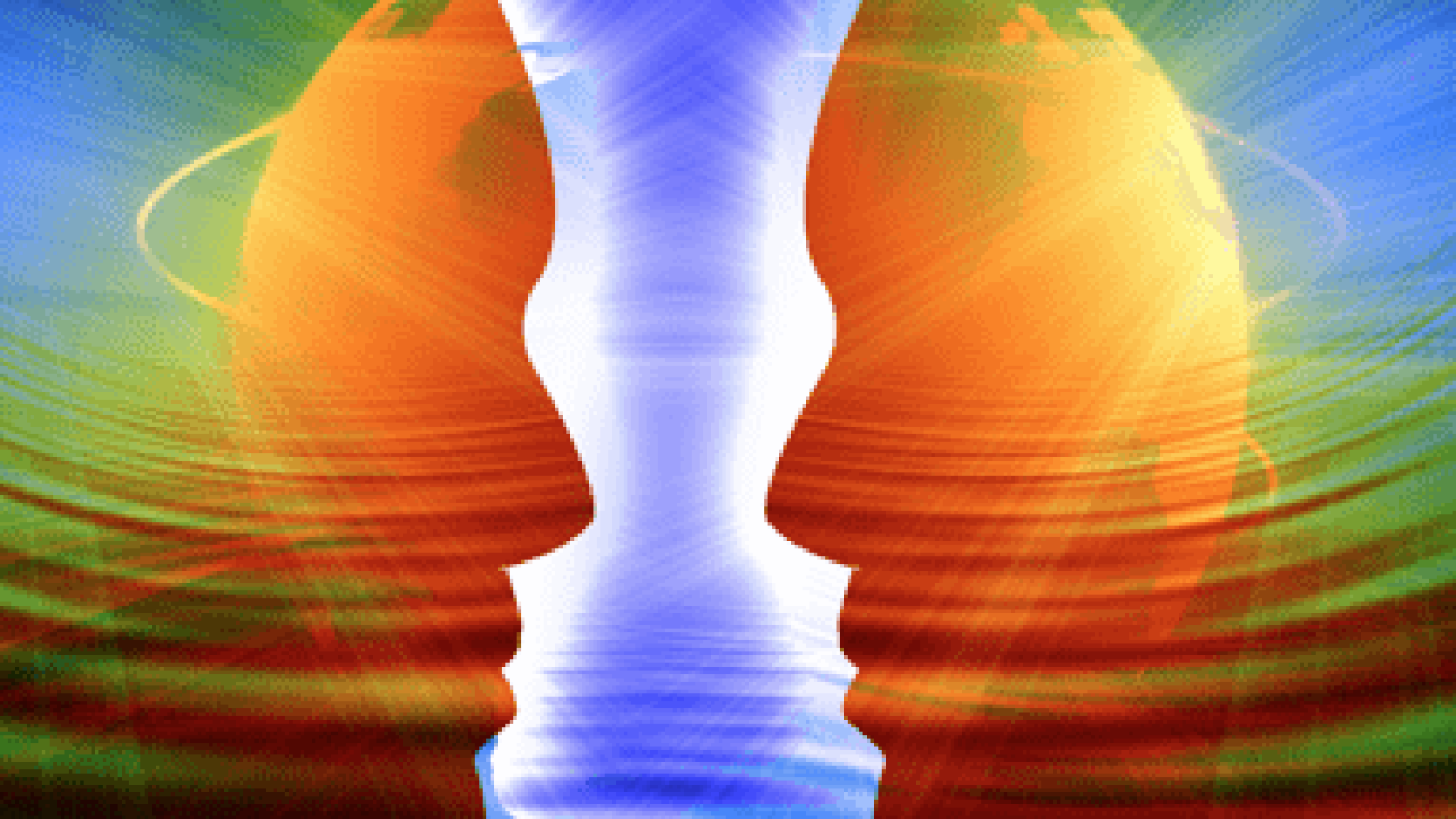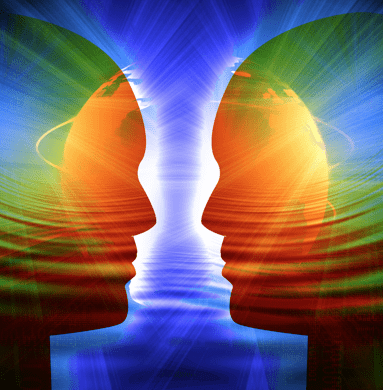Calcium and Heart Health

A European study published in Heart (a medical journal) in May of this year came to the conclusion that “increasing calcium intake from diet might not confer significant cardiovascular benefits, while calcium supplements, which might raise (heart disease) risk, should be taken with caution.” What the researchers are suggesting is that when supplements supply a sudden burst of calcium into the system, the calcium seems more likely to end up in the plaque that lines artery walls than to build stronger bones.
Basically, we’ve been lied to about cholesterol and calcium by the same people who brought us SAD—the Standard American Diet. Cholesterol, far from being the big bad guy in heart disease, is only one component of plaque: cholesterol is pliable, and vitally important for brain cells and nerves. Calcium, on the other hand, when it forms deposits (calcifications), is a much more worrisome part of plaque. Calcium can pile up in organs and cause kidney stones; Alzheimer’s disease stems from calcification of brain matter; arteries hardened by excess calcium lead to heart attacks. Where does most of that calcium come from? Processed foods that have been “fortified” with calcium, or from supplements that are high in elemental calcium.
The link between calcium, vitamin D, and bone health is fully supported by the European Food Safety Authority, but the big push for calcium supplements by mainstream medicine is supported only by a lot of simplification. Western medicine tends to take things apart, pull apart all the factors and study them in isolation. What Ayurveda and other Eastern traditions do is just the opposite: they look at things as a whole, and understand the complex interactions of our bodily processes. Ayurvedic practices, which have helped to keep me healthy for decades, set the cap for supplemental calcium at 500 mg max/day, while also adding Vitamin K2 (which carries the calcium out of the bloodstream and into bone), magnesium, and Vitamin D3 so the calcium is properly absorbed by the body.
You can see why it’s important to address your calcium intake. Yet it’s admittedly tricky. A friend of mine is lactose intolerant and has been diagnosed as having osteoporosis. She can’t get calcium from dairy products, and you have a eat a truck-load of kale to get enough calcium, yet she needs it for her bones. Fortunately, she is in the care of an “integrative doctor” who understands her needs and has set her on a good nutritional path.
But what about you? Do you take calcium supplements? Do you also take magnesium, K2, and D3? Do you get your other vitamins and minerals from supplements or from food (like juicing tons of veggies a day)? Do you get your important trace minerals from Himalayan salt? Who is overseeing your nutrition? It is highly beneficial to see a holistic practitioner, at least once, who is very knowledgable about diet and supplements and takes into account who you are, your body’s tendencies toward health or disease, your digestive ability, and your food likes, dislikes, and allergies.
It is so important for us all to take responsibility for our health, and especially for the health of our children. It’s not easy when there is so much conflicting or confusing information out there in the blogosphere. Above all, learn to listen to your body. Meditate, and listen even more deeply. You’ll find what you need to know, and be led to those who can help you.





